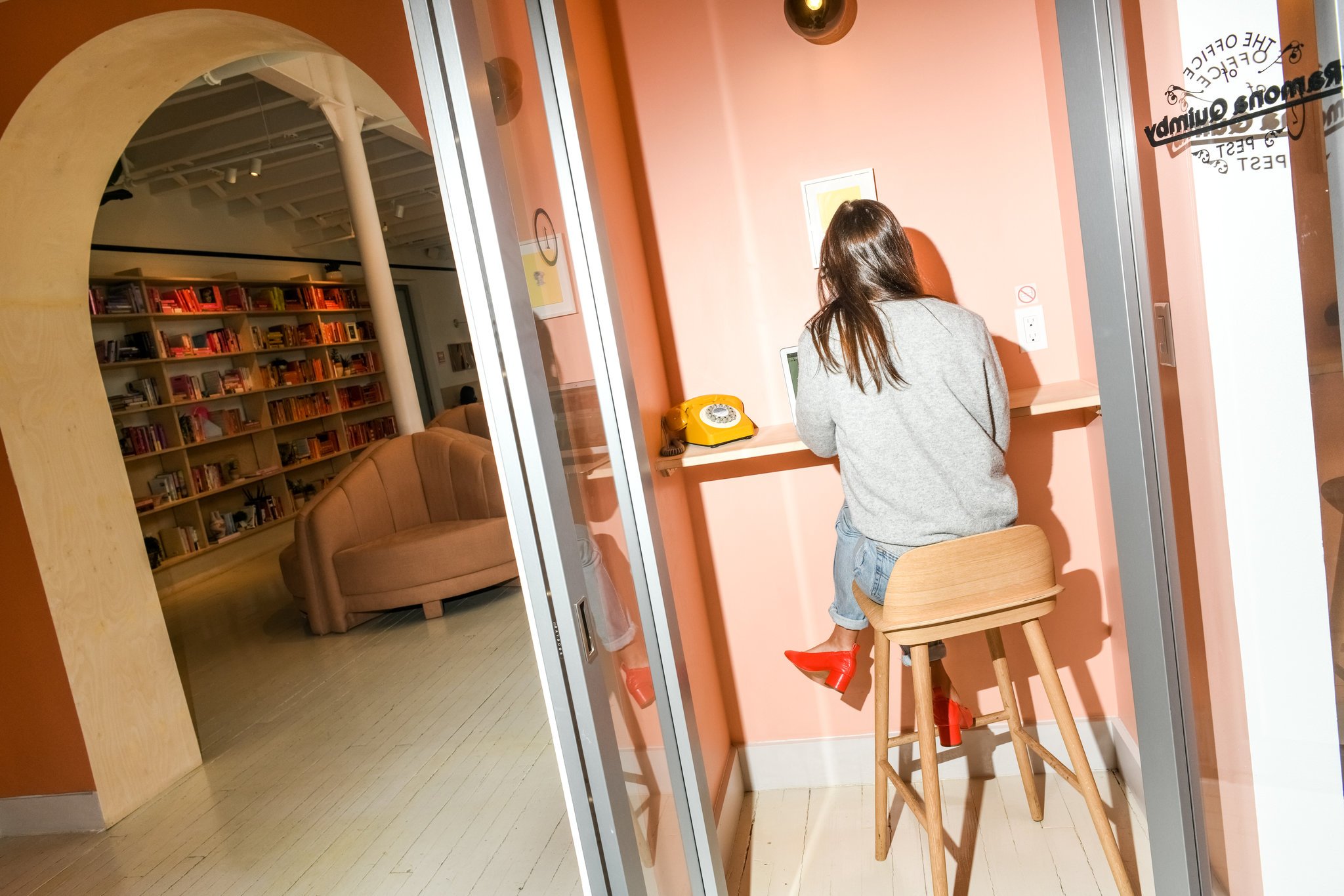In the 1963 Alfred Hitchcock film “The Birds,” Tippi Hedren tried to find shelter from her attackers in a phone booth. CreditUniversal Pictures/Photofest
For much of the 20th century, the phone booth was a steadfast and essential installation of modern life, from bustling cities to tumbleweed-strewn desert gas stations. Tippi Hedren was attacked in one in “The Birds,” Clark Kent frequently changed to Superman in one and Bill & Ted used one to time-travel on their excellent adventure. In “The Matrix,” a phone booth was a portal — an exit device from the digital realm.
But to lay eyes upon a phone booth now — be it the charming old jungle-green one tucked in the back of the restaurant Indochine, in the NoHo neighborhood of Manhattan, or one of the four remaining sidewalk booths on the city’s Upper West Side — is to glimpse a relic of a seemingly ancient civilization.
As mobile phone use exploded and the pay phone was increasingly linked to crime, the booth began to disappear. At the same time, workplaces saw the rise of the open floor plan. We all saw (and heard) a proliferation of mobile phones, and with it, the irritating, distracting sound of a one-sided conversation from your cubicle mate.
Lauren Emberson, then a psychology Ph.D. candidate at Cornell University, called it a “halfalogue.” As she put it in the publication Psychological Science: “I really felt like I couldn’t do anything else when someone was on a cellphone. I couldn’t read. I couldn’t even listen to my music.”
Yes, says Nikil Saval, the co-editor of n+1 magazine and the author of “Cubed: A Secret History Of The Workplace.”
“There has rarely been a premium placed on privacy for American office workers,” Mr. Saval said in a phone interview, noting that while cubicles cut down on visual distractions, “you still have to deal with noise, and noise travels pretty easily. It’s an incredibly common problem in open office plans.”


